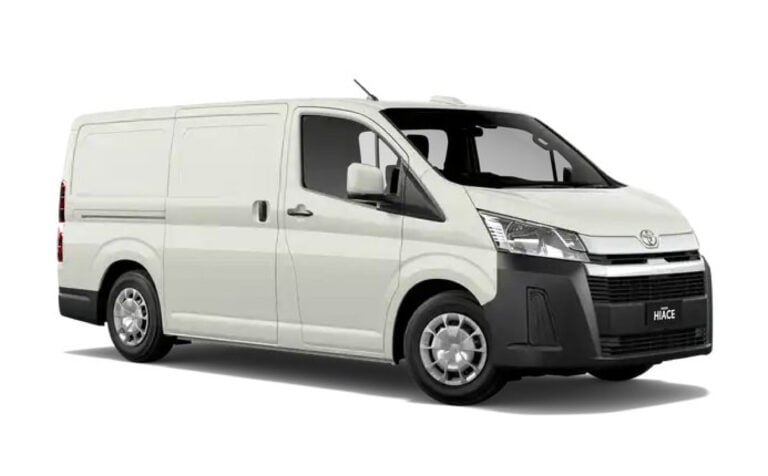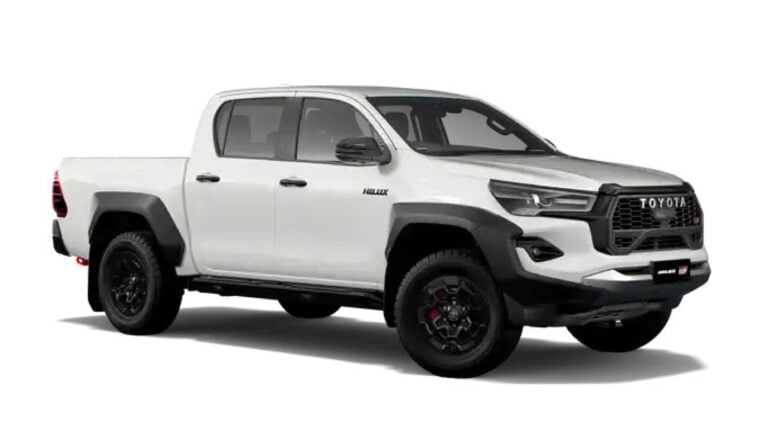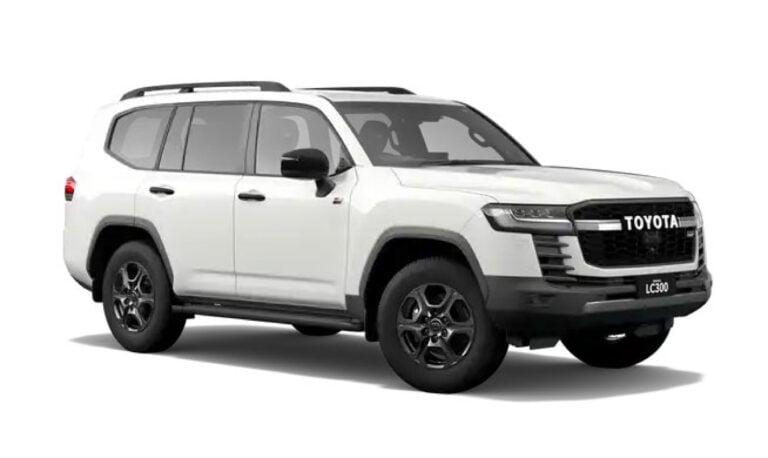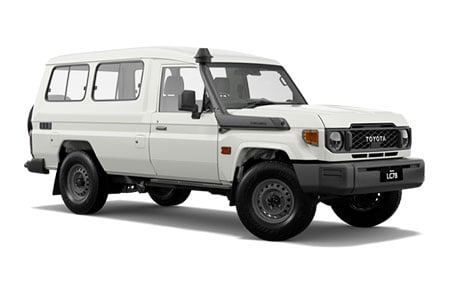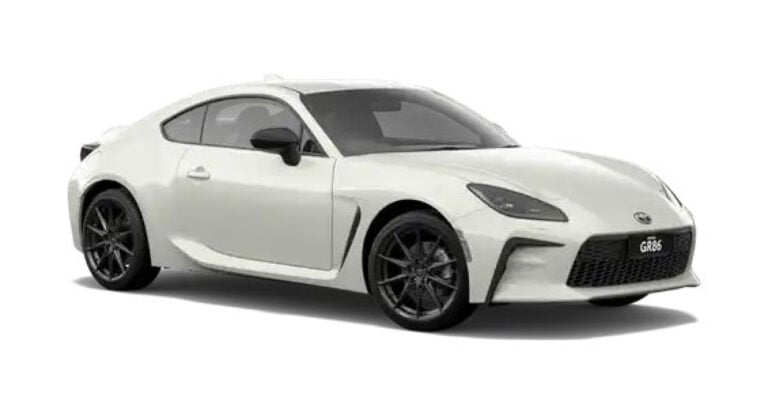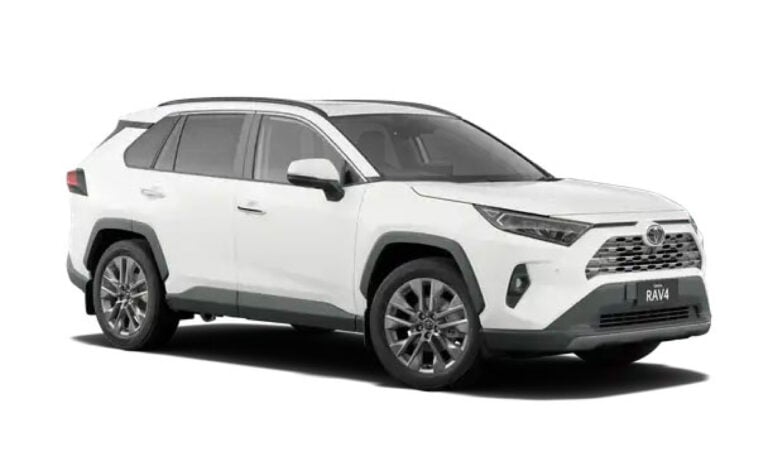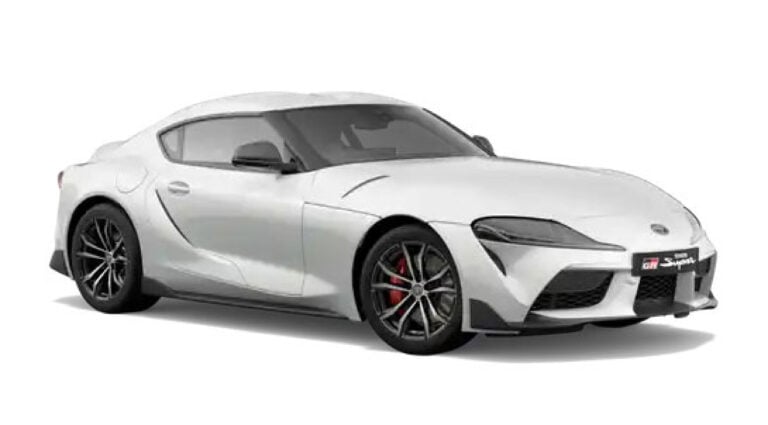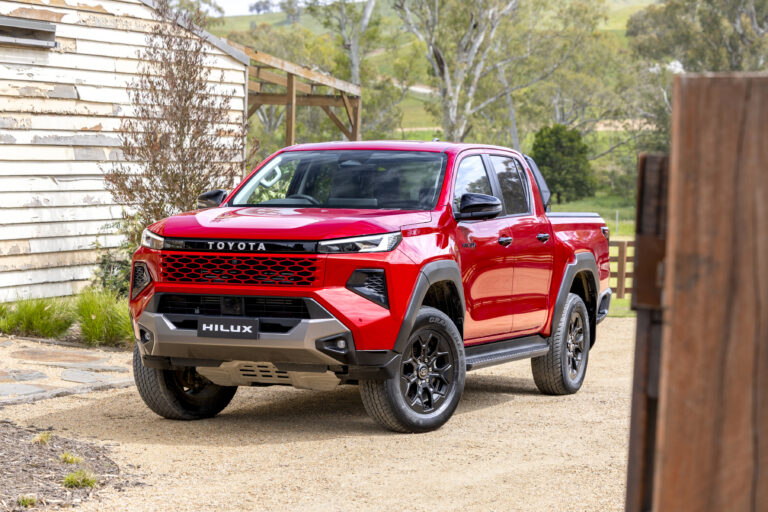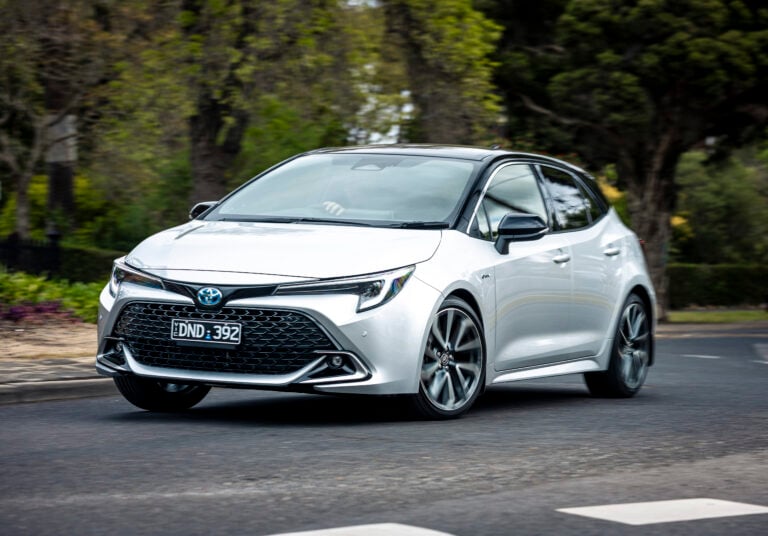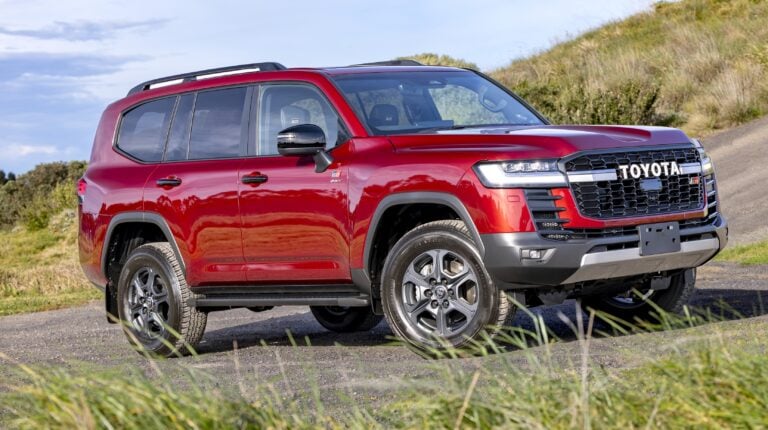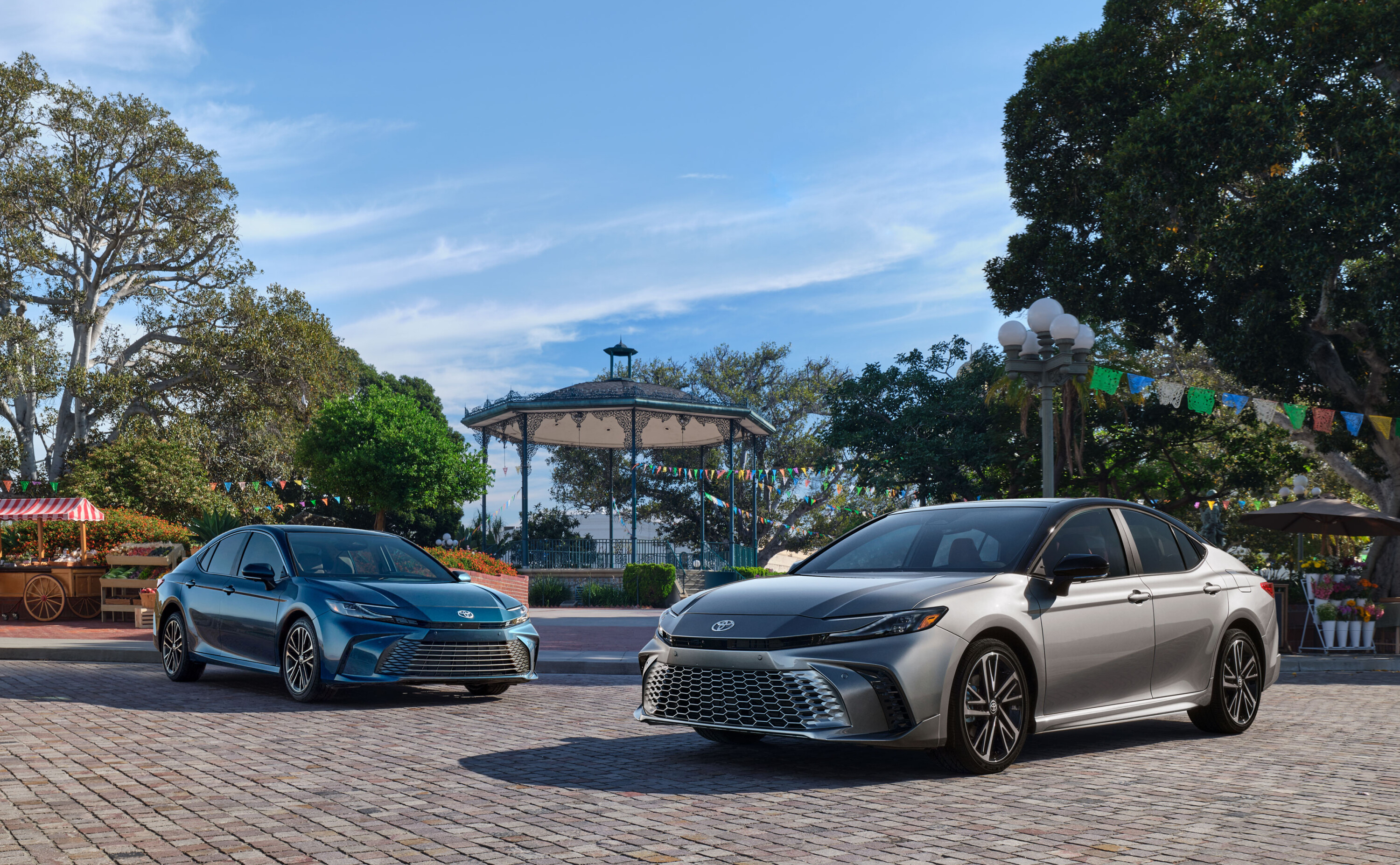

Toyota
Starting as the automotive division of a weaving loom business, Toyota is one of the world’s largest automakers with a rich history dating back to 1937. Renowned for its commitment to quality and reliability, Toyota has established itself as a global leader in the industry.
Shortly after its inception, the Japanese company introduced the Toyota Corolla in 1967. This global icon hasn’t slowed in popularity since it was crowned the world’s best-selling car in 2022. Other notable models include the best-selling Toyota RAV4 and off-road hero the Toyota Landcruiser.
News
-
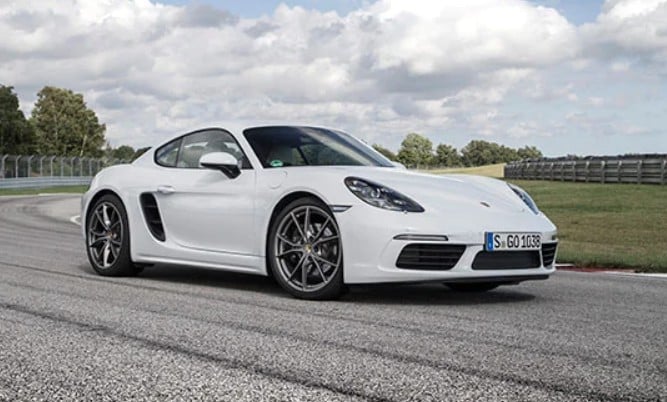 Features
FeaturesRest in peace: The cars we lost in 2025
There was a big influx of new brands and new models on the Australian new car market in 2025… but there were also some high-profile casualties.
-
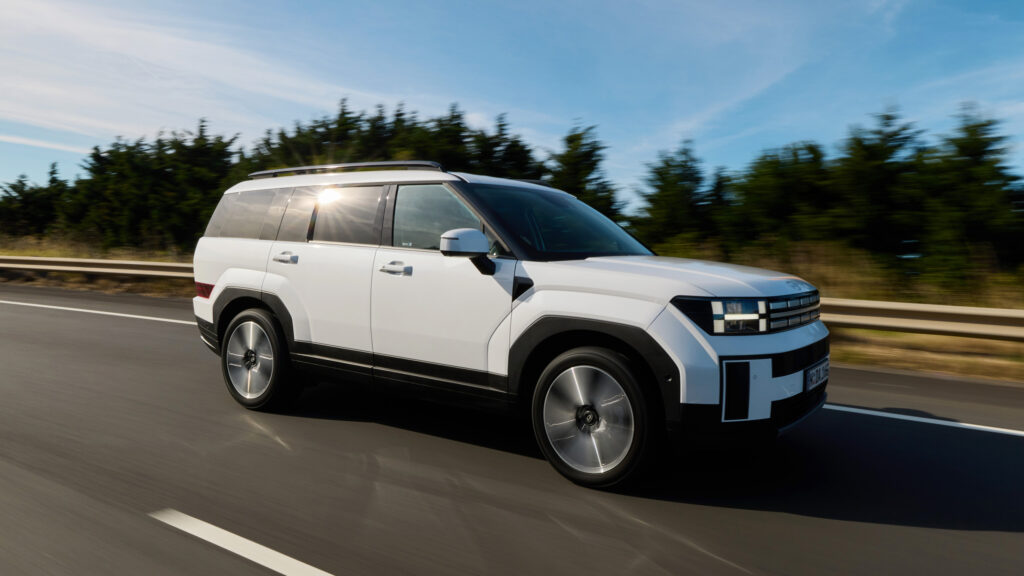 Features
FeaturesWheels staff pick their best drives of the year…
We hop in a little vehicles in the course of a calendar year but these cars were our stand-out drives from 2025…
-
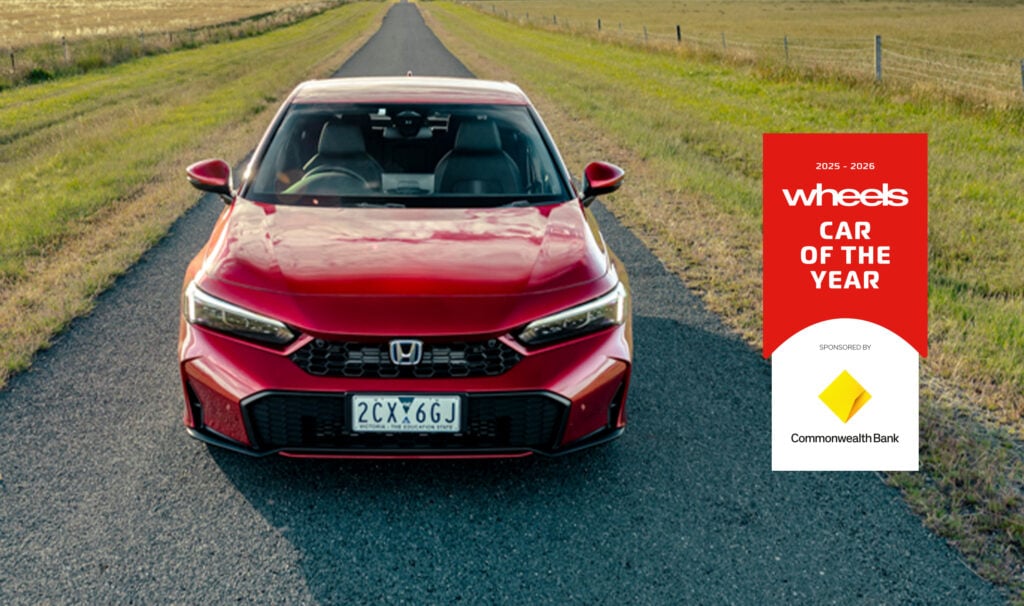 COTY
COTYRobbo’s 2025-26 COTY Notebook – and why the Honda Civic had to win
Esteemed former Wheels editor and 2025-26 Wheels Car of the Year judge Peter Robinson is famous for his fearless opinions – here are his notes on each of this year’s COTY contenders…
-
 Features
FeaturesThe best hybrid alternatives to the Toyota RAV4
The Toyota RAV4 hybrid is one of the most popular cars in Australia, but it’s not perfect. What do you buy if you’re keen on an alternative?
-
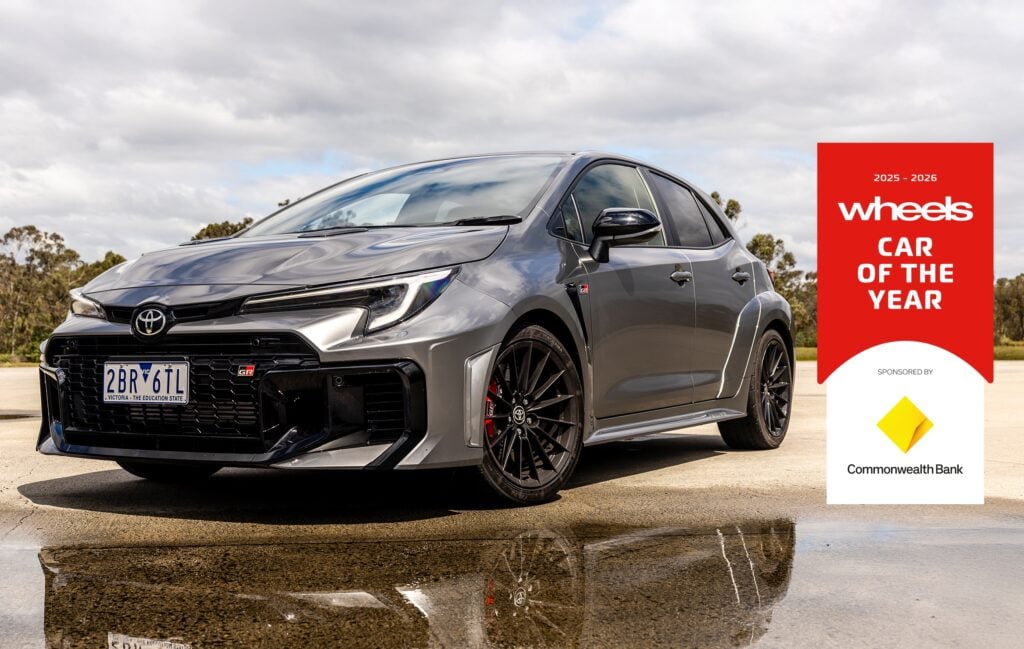 COTY
COTY2025-26 Wheels Car of the Year finalists, 3RD: Toyota GR Corolla
-
 Features
FeaturesCars we wish were sold here: Toyota Tacoma
-
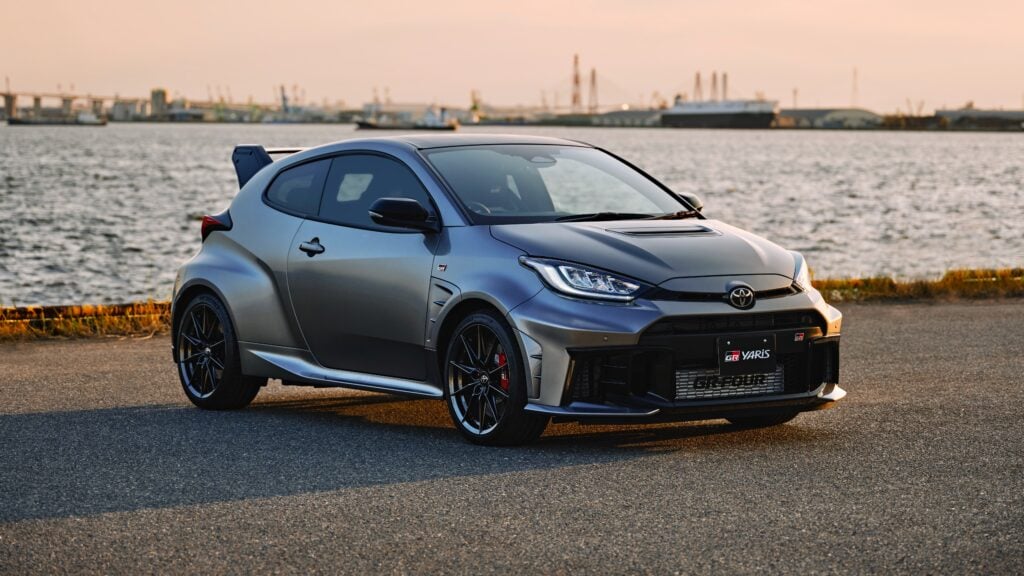 News
NewsToyota GR Yaris: Aero Performance Package launched to deliver even more rally inspiration
-
 News
NewsFive-star ANCAP scores for HiLux, Palisade and two Chinese newcomers; Mitsubishi ASX, four stars
About Toyota
Toyota is rooted in Japan’s once-booming textile industry as a producer of weaving looms.
The dedicated car company was formed in 1933 as a division of Toyoda Automatic Loom Works, with its first A1 passenger car and G1 truck produced in 1935.
Toyota’s first mass-production model, the Model AA, was launched in 1936, and was heavily influenced by 1930s Chevrolets – with some parts even interchangeable.
Since then, Toyota has forged itself into the world’s largest car company (as of 2021) with its legacy resting gently on ubiquitous models such as Corolla, Camry, Hilux, LandCruiser and RAV4.
Toyota’s Australian line-up currently includes Yaris and Corolla hatches, Camry and Corolla sedans, and the Yaris Cross, CH-R, RAV4, Kluger, Fortuner, Prado and LandCruiser 300 SUVs.
Current utes and vans offered include the hot-selling Toyota Hilux and LandCruiser 70 utes plus HiAce and Granvia vans. Toyota GR Yaris, GR Supra and the highly anticipated GR Corolla form Toyota’s multi-pronged sports car approach.






